In looking back on the Singapore summit between Trump and Kim Jong-un, there may be a method to Trump’s madness, Michael O’Hanlon argues. There is at least reason to hope for a successful arms-control and broader detente process. This piece originally appeared in the Washington Post.
A consensus seems to be emerging in much of Washington that President Trump gave away too much and got too little in his summit meeting with North Korean leader Kim Jong Un in Singapore this week. Granting the Hermit Kingdom’s brutal dictator a photo op with the leader of the free world, promising to suspend large-scale U.S.-South Korean military exercises, offering to find a way to guarantee North Korea’s security and virtually ignoring the country’s horrible human rights record—all while getting little out of Kim other than the usual vague, nonbinding promise to denuclearize—might seem a long way from the art of the deal.
Critics’ warnings about not celebrating prematurely or awarding the Nobel Peace Prize just yet are warranted. But unlike the case with his demeaning treatment of Canadian Prime Minister Justin Trudeau just days before, in this one, there may be a method to Trump’s madness. There is at least reason to hope for a successful arms-control and broader detente process.
Consider first some of Trump’s purportedly excessive giveaways. Yes, there was a lot of pomp and circumstance at this summit, and perhaps a bit too much fawning over the North Korean strongman. But if diplomacy is to have a chance, some effort to build camaraderie is sensible—especially after the volleys of insults between Trump and Kim in 2017 seemed to bring the world to the brink of war. Similarly, every American president of the past quarter of a century has paid more attention to North Korea’s nuclear program than to the country’s abysmal human-rights record. The latter should never be forgotten, but Trump followed the same strategic logic of his three White House predecessors in recognizing the need to emphasize the threat North Korea poses to his own nation and its allies.
Trump made mistakes, of course. For example, he should not have called the U.S.-South Korean joint military exercises that take place twice a year with well over 20,000 troops “provocative.” But they are indeed large and, yes, they are expensive. They are also replaceable. In the United States, the military rarely conducts such enormous training activities. Even its larger drills, such as those at the Army’s National Training Center and the Marines’ Camp Pendleton in California, or the Navy’s Top Gun School and the Air Force’s Weapons School, generally involve no more than a few thousand personnel. The huge exercises with South Korea produce military benefits, but their larger purpose is to show strength and resolve. The crucial military purposes of the exercises can still be achieved by breaking them into smaller pieces.
It is true the international sanctions regime of “maximum pressure” against North Korea, imposed in the aftermath of its three intercontinental ballistic-missile tests and one nuclear test in 2017, is already gradually weakening. That is a regrettable, but almost inevitable , casualty of a promising diplomatic process. Trump needs to be attentive to this dynamic and his administration should warn countries such as China against outright defiance of the ban. But none of the sanctions have yet been suspended or lifted, so the concern is sometimes overblown.
Maintaining a hopeful view of the summit and of what it means for U.S.-North Korean relations will be sustainable only if Pyongyang’s behavior improves meaningfully and permanently. Kim’s moratorium on testing nuclear weapons and long-range missiles is a start, but only a start. North Korea is, even today, surely still enriching uranium, reprocessing plutonium and building bombs, as well as longer-range rockets.
The onus is therefore now squarely on Secretary of State Mike Pompeo, given his post-summit charge to undertake substantive negotiations. Near-term denuclearization of North Korea according to a Libya, South Africa or Ukraine model is not realistic. But Pompeo does need to make real progress this year in stopping North Korea from increasing its nuclear and longer-range missile arsenals. That will require getting North Korea to submit a database of its nuclear facilities and deploying international inspectors to those sites. (Searching for undeclared sites will also be necessary.) The inspectors will have to confirm the nuclear facilities have been shut down, ultimately ensuring that centrifuges and other weapons-production systems have been dismantled and shipped out of the country.
As progress down this path is made, some of the recent U.N. sanctions that target the North Korean regime’s main trade avenues could be suspended, then lifted, and a peace treaty concluded. Other sanctions, especially those codified in U.S. law, should be maintained until Pyongyang truly does disarm. That latter goal may take years to achieve.
Only when we see whether North Korea will go along with this kind of plan and begin its verifiable implementation will we really know how to evaluate what just happened in Singapore.
The Brookings Institution is committed to quality, independence, and impact.
We are supported by a diverse array of funders. In line with our values and policies, each Brookings publication represents the sole views of its author(s).

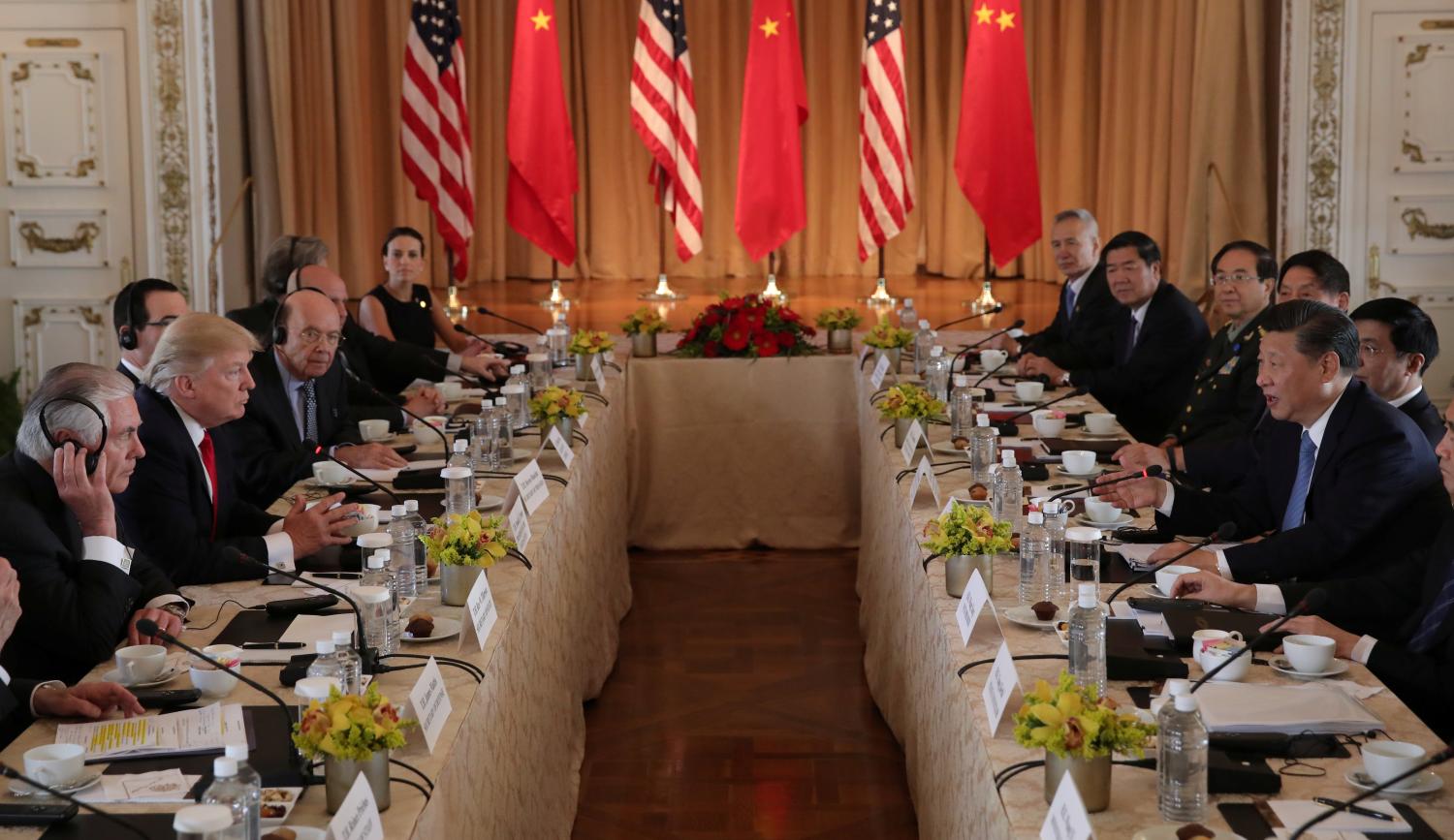
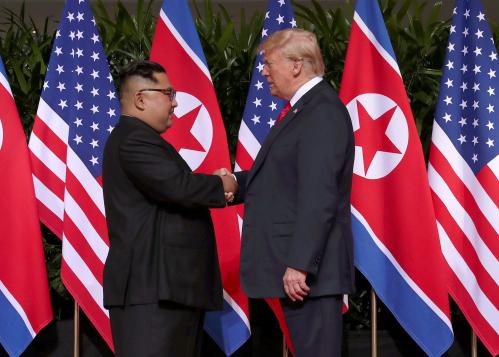
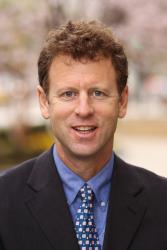

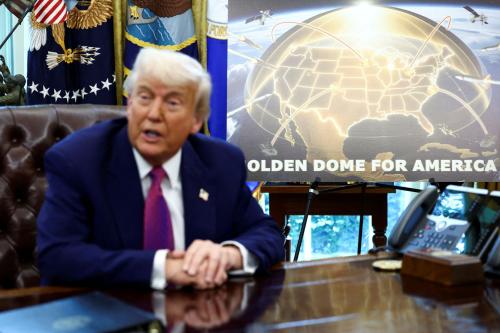
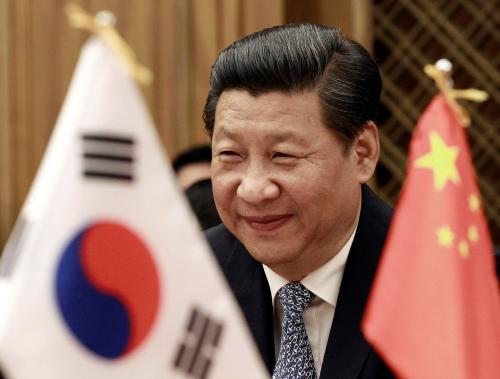
Commentary
Don’t dismiss the Trump-Kim summit so quickly
June 16, 2018